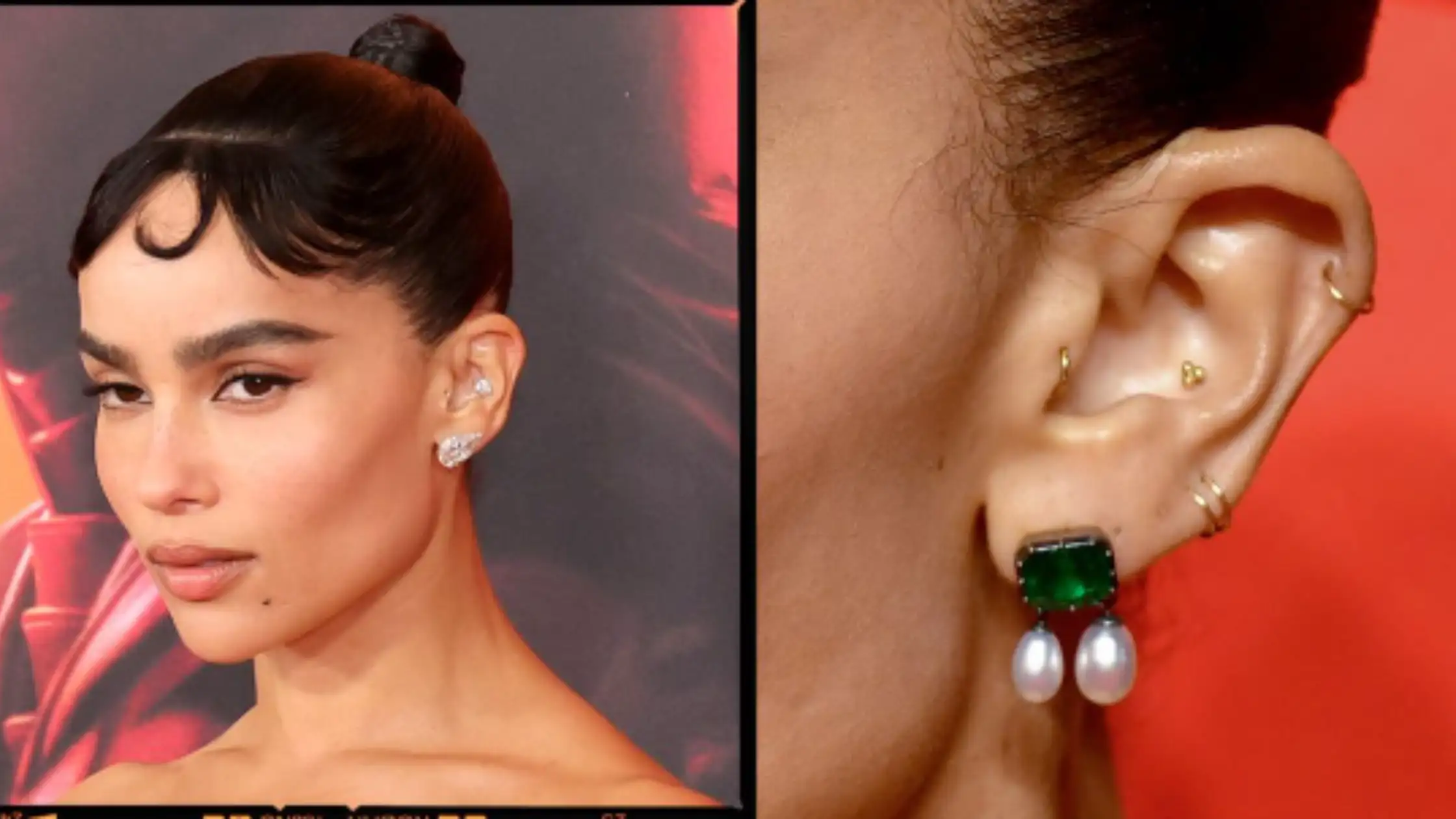In the world of body modification, piercings are more than just adornments—they’re a form of self-expression, a celebration of individuality, and a way to reclaim ownership of one’s body. Among the myriad of piercing options available, the conch piercing stands out as a timeless and versatile choice that continues to captivate enthusiasts around the world. Let’s delve into the allure of conch piercings, exploring their history, aesthetics, and significance in contemporary culture.
An Introduction to Conch Piercings
Named after the spiral-shaped shell of the conch sea snail, the conch piercing involves perforating the cartilage of the ear’s inner shell. This versatile piercing can be located in two primary areas: the outer conch (located near the ear’s rim) and the inner conch (situated deeper within the ear). Depending on personal preference and anatomy, individuals can opt for a single conch piercing or multiple piercings to create a striking aesthetic.
Aesthetic Appeal and Versatility
One of the most appealing aspects of conch piercings is their versatility and aesthetic appeal. The curved shape of the conch lends itself well to various jewelry options, including captive bead rings, curved barbells, studs, and hoops. Whether adorned with sparkling gems, sleek metals, or intricate designs, conch piercings offer endless possibilities for customization, allowing individuals to express their unique style and personality.
Historical and Cultural Significance
While body piercings have been practiced for centuries across different cultures and civilizations, conch piercings hold particular significance in certain traditions. In ancient Mesoamerican cultures, conch shell jewelry was worn as a symbol of status, spirituality, and connection to the natural world. Similarly, in South Asian cultures, conch shells are revered as sacred objects and are often used in religious rituals and ceremonies. By adopting the conch piercing, individuals may pay homage to these cultural legacies while forging their path of self-expression.
Pain, Healing, and Aftercare
Like any piercing, conch piercings require careful consideration and attention to ensure a safe and successful outcome. Due to the cartilage nature of the ear, conch piercings can be more uncomfortable than piercings in softer tissue areas. However, with proper technique and aftercare, most individuals find the pain to be manageable and temporary. Healing times for conch piercings typically range from six to twelve months, during which diligent cleaning and hygiene practices are essential to prevent infection and promote healing.
Embracing Individuality and Self-Expression
Beyond their aesthetic appeal and cultural significance, conch piercings hold profound meaning for many individuals as a form of self-expression and empowerment. By adorning their bodies with piercings, individuals reclaim agency over their appearance and challenge societal norms and expectations. Conch piercings, in particular, serve as a canvas for self-expression, allowing wearers to celebrate their unique beauty and assert their identity in a world that often seeks to constrain and conform.
Conclusion
In the ever-evolving landscape of body modification, conch piercings stand as a testament to the enduring allure of self-expression, individuality, and beauty. Whether embraced for their aesthetic appeal, cultural significance, or personal meaning, it offers a canvas for creativity and empowerment. As individuals adorn their ears with sparkling jewels and intricate designs, they affirm their autonomy and celebrate the beauty of diversity in all its forms.
So, whether you’re considering your first conch piercing or adding to your collection of body art, may your journey be filled with self-discovery, courage, and the joy of embracing your truest self—one piercing at a time.
